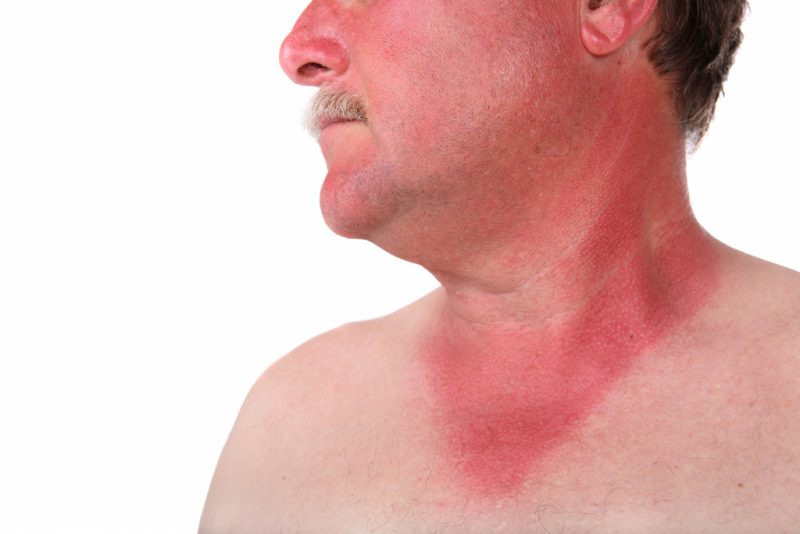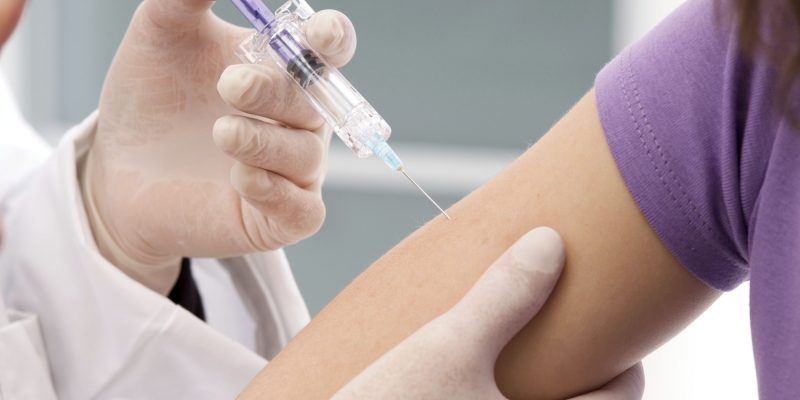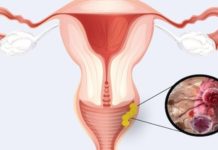“Hemorrhagic fever” is a concept that immediately means a large group of ailments (infectious) with partially similar or completely coinciding main symptoms. Doctors distinguish over 15 subspecies of the disease under discussion, but not all of them are found in Russia. Its carriers are some flying insects.
Material Content:
Reasons for the appearance
Modern patients are very susceptible to the disease under discussion.

- Most often, the problem is diagnosed in adults, often in nature.
- In the city, the disease is especially dangerous for people in contact with mice and other rodents, as well as for people with no fixed abode who do not pay enough attention to regular hygiene.
- Veterinarians, employees of ordinary and (especially!) Contact zoos are also at risk.
Viruses of various families, which are the causative agents of such a pathology, carry mosquitoes and ticks. They begin their “journey” with flying insects from mice (including volatile ones), rats, porcupines, squirrels, primates and some other animals.
Specialists distinguish several common infection routes at once.
- The virus penetrates minor skin lesions.
- By inhalation of animal excrement dust.
- Through contaminated water and food.
Increased risk of infection in doctors treating patients during an outbreak.
The incubation period of the disease
All types of fever discussed are reminiscent of each other over the course of the disease. The incubation period of the disease lasts approximately 1-3 weeks.During this time, the virus spreads throughout the body. If a person does not start therapy on time (during the onset of obvious symptoms of the disease), even a fatal outcome is possible.

- The initial period of the disease lasts from a couple of days to a full week. At this time, all the symptoms of the disease are clearly manifested.
- Before the next stage, the person becomes better, and he fixes a decrease in body temperature. Relief is short-lived.
- This is followed by a peak period, lasting up to 2 weeks. In advanced cases, the temperature on these days can rise to critical dangerous indicators, and intoxication can lead to hallucinations.
- Only after a severe peak of illness does the recovery period begin (convalescence). Over the course of 2-4 weeks, the symptoms of the disease gradually disappear, normal functioning of all systems and organs is restored. But, to return to the usual rhythm of life, the patient may need more than one month.
It is mortally dangerous at any stage to be at home and self-medicate. Therapy should be carried out under the vigilant supervision of experienced professionals.
Pathology classification
The pathology under discussion is divided into several types. First of all, the classification of the disease depends on the source of infection. If it was transmitted from mosquitoes, then the species stand out: Dengue fever, Rift Valley, Yellow. If from ticks - Crimean hemorrhagic fever, Omsk and Kyasanur Forest disease.

Another separate group is contagious. Among them: hemorrhagic fever with renal syndrome, Ebola, Marburg, African and Lassa.
The main signs and symptoms
It will be useful for each reader to study the symptoms of hemorrhagic fever in order to notice them in time. There are a lot of signs of the ailment under discussion and they appear / develop gradually.

- In the very first days of the disease, malaise and weakness appear throughout the body. They rarely alarm anyone, as they may indicate a banal tiredness or a cold.
- Intoxication is gradually developing.
- Immediately, the temperature begins to tend upward and lingers at critical levels for a long time.
- After a couple of days, the effects of toxic brain damage appear. Confused consciousness, the patient may have hallucinations.
An important feature of the disease is called thrombocytopenia, signs of anemia, and the presence of red blood cells and protein in the feces / urine tests. In some patients, the kidneys begin to hurt severely - this is felt in the lumbar region.
At the stage before the start of recovery, bleeding from the gums and / or nose often appears. In general, the strength of the vessels decreases. When examining the mouth and nasopharynx, doctors can notice in patients with pinpoint discharge of blood on the mucous membrane.
In some patients, a rash appears on the torso. Most often on the chest and shoulders. There is also a discoloration of urine. It takes on a shade of liquid from rotten meat.
Diagnostics
First of all, the doctor will ask the patient important questions regarding visits to potentially dangerous places, contact with animals, and insect bites. But an accurate diagnosis of the patient can be made only after appropriate tests.

Specialists will try to find viruses / antibodies to them in the blood of a person using immunochemical as well as PRC methods for their detection. Also for this, general and biochemical analyzes of biological material (blood, urine) are given. The task of doctors is not to confuse the problem under discussion with some blood diseases.
Hemorrhagic fever treatment
The entire process of treatment of a dangerous ailment must be controlled by experienced infectious disease specialists. Sometimes resuscitators have to be connected to it.

Every person who has noticed symptoms, even just similar to the manifestation of the disease under discussion, is immediately sent to hospitalization in an “infectious disease”. The patient will be in a separate personal box.
The patient needs bed rest and a special nutrition system. In the most difficult periods of the disease with its acute manifestations, nutrients are administered intravenously to the patient. On the remaining days, the patient is prescribed a light diet of plant and dairy products. Mandatory - vitamins (especially important - strengthening the walls of blood vessels)
Also shown are the introduction of glucose solutions into the body, taking medications based on iron and antihistamines. In exceptional cases, the patient is prescribed a blood transfusion.
The patient must strictly observe bed rest and a strict diet with easily digestible food until the final recovery. Repeated retesting is required to monitor the patient's condition. Even after discharge, he should regularly visit specialists who will monitor his condition for a long period of time.
Complications and prognosis
The main danger of the discussed illness of all types is that it leads to numerous complications. Such an outcome can be even with the correct, timely treatment. Irreversible negative changes often occur. So, even a rupture of vital organs with hemorrhage is possible, severe poisoning of all body systems.

Sometimes pyelonephritis or pneumonia, a coma condition, eventually develops. Possible internal hemorrhage. Failures in the work of the heart and lungs are less often manifested.
In the most advanced severe cases, a fatal outcome is possible. The death of the patient occurs as a result of the failure of all organs.
Prevention
The main methods of preventing a dangerous disease is primarily vaccination. True, not every type of fever can be vaccinated today. For example, the Ebola vaccine still does not exist, although scientists are actively working on its development.

- If a person acquires his own summer cottage or lives in a private house, it is imperative to thoroughly clean the surrounding area from dense grass, bushes, and dry moist places.
- Measures should be taken to prevent the bites of potential carriers of a dangerous virus - to destroy insects and rodents, use appropriate repellents.
- When working in the forest, the field, visiting dangerous areas, you should wear tight quality covered clothing, high boots, gloves. It will be actual to take care of coveralls made of coarse fabric that protects all exposed skin areas. In epidemic areas, hats, glasses and masks are also recommended.
Having noticed suspicious symptoms, you should not stay at home and wait for the development of events. It is important to be supervised by doctors as soon as possible to avoid irreversible changes in the body or even death.












